Molecules and Further Relevant Developments (MANFRED)
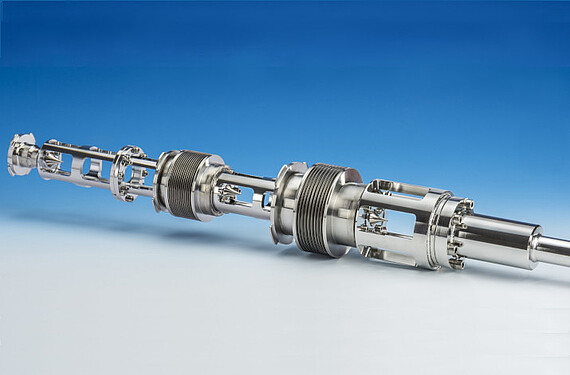
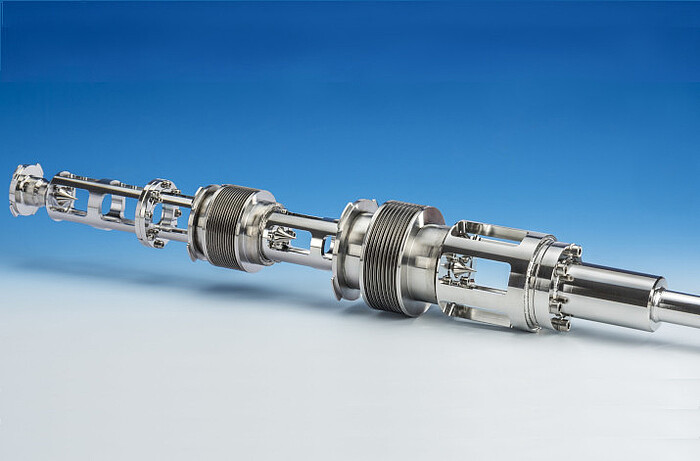
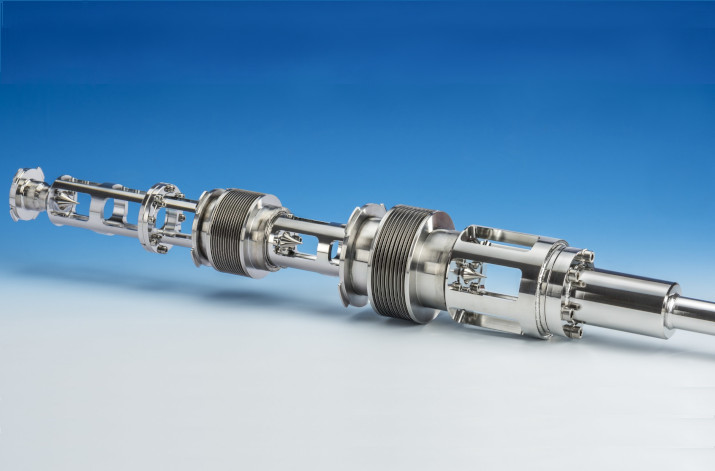
The research in this project is focused on the development of experimental methods for the investigation of molecular ions. Due to their complex level structure, techniques that have been successful for atom spectroscopy such as laser cooling and fluorescence detection cannot be applied to molecules. However, quantum logic spectroscopy provides access to applications that employ the usable features found in molecular ions. These features are sensitivity for a change in electron to proton mass ratio and the possibility for huge internal electric fields, that enable a precise determination of the electron electric dipole moment.
Ion Quantum Logic Optical Clock (iQLOC)
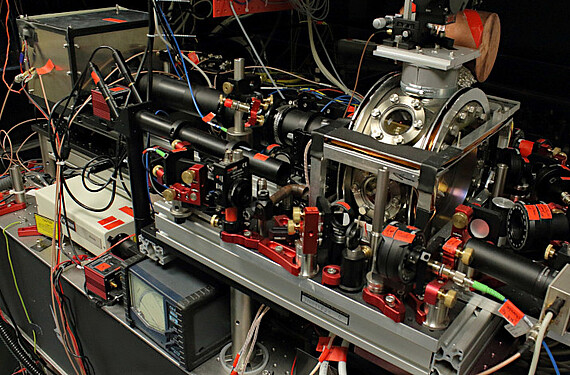
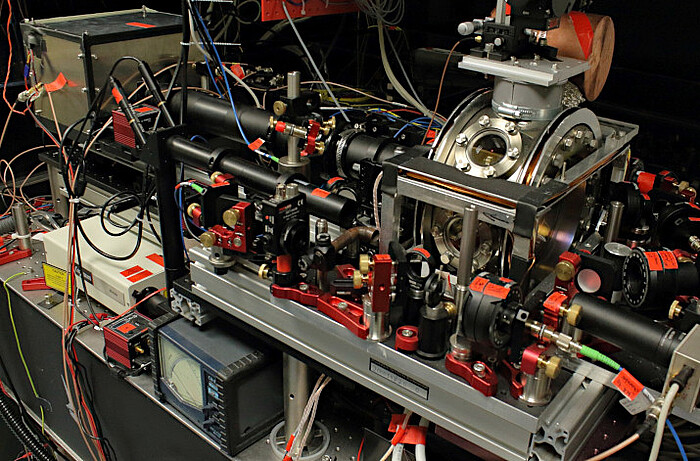
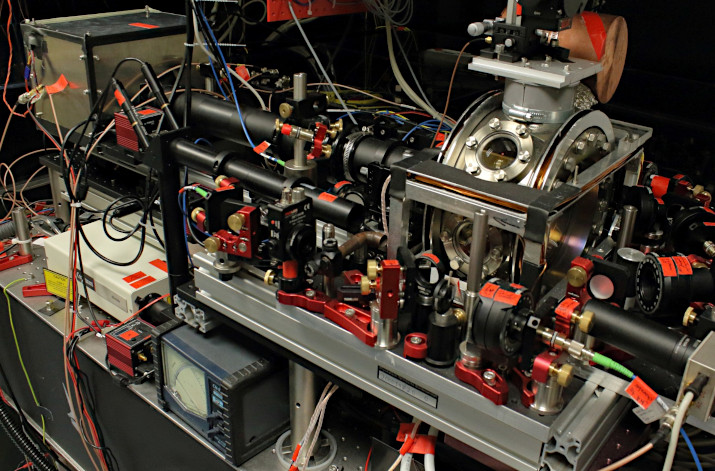
Techniques developed for quantum computing with trapped ions can be used to perform precision spectroscopy on ion species such as aluminum that has an ideal transition for an optical clock. In this project, we plan to set up an optical clock experiment with aluminum as the clock ion and a logic ion that provides sympathetic cooling, state preparation, and internal state detection after interrogation of the clock transition. Recent experiments indicate, that the aluminum single ion optical clock has the potential to become the best clock in the world.
Quantum Logic Spectroscopy with Highly Charged Ions
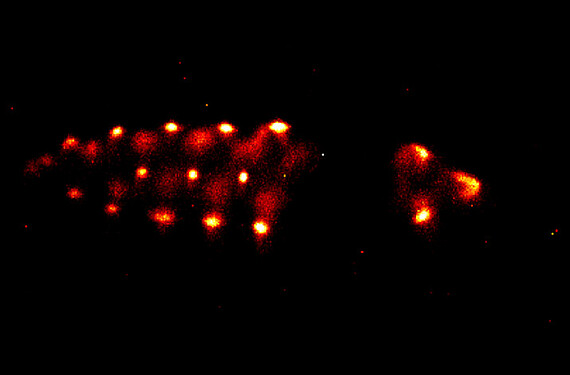
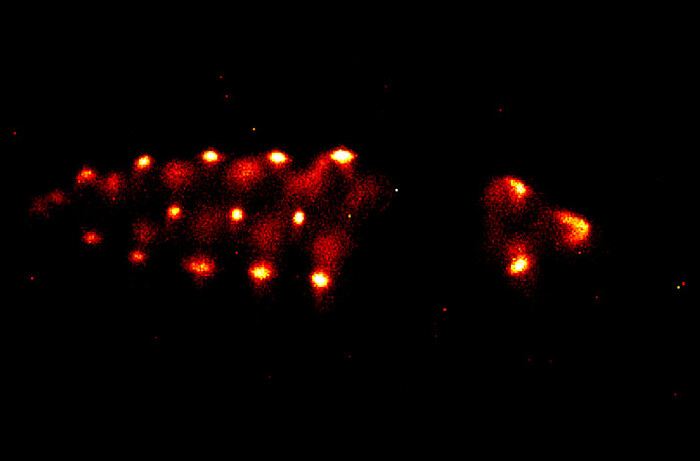
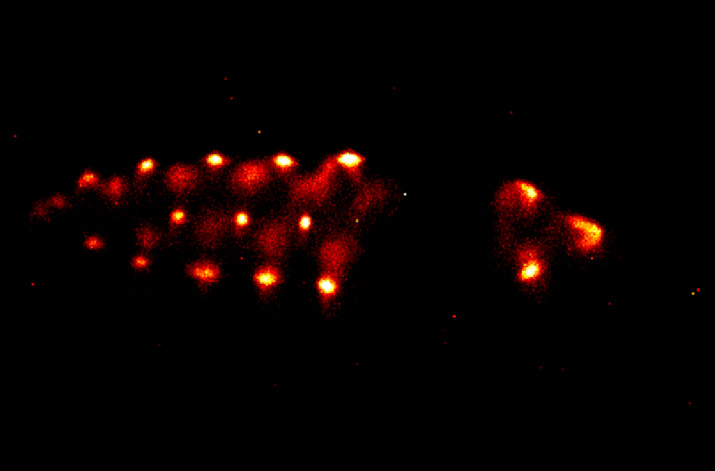
Highly charged ions (HCI) offer the possibility to study fundamental physics beyond the standard model. QED and QCD effects contribute in some cases up to several percent of the transition energy. A possible temporal change of the fine structure constant α can be sensitively tested in the laboratory by performing optical precision spectroscopy on forbidden transitions in highly charged ions. In this project we combine a cryogenic Paul trap with a table top electron beam ion trap (EBIT) to implement quantum logic spectroscopy on highly charged ions, enabling us for the first time to resolve an optical transition in HCIs down to the natural linewidth.
Group Leader
30167 Hannover




